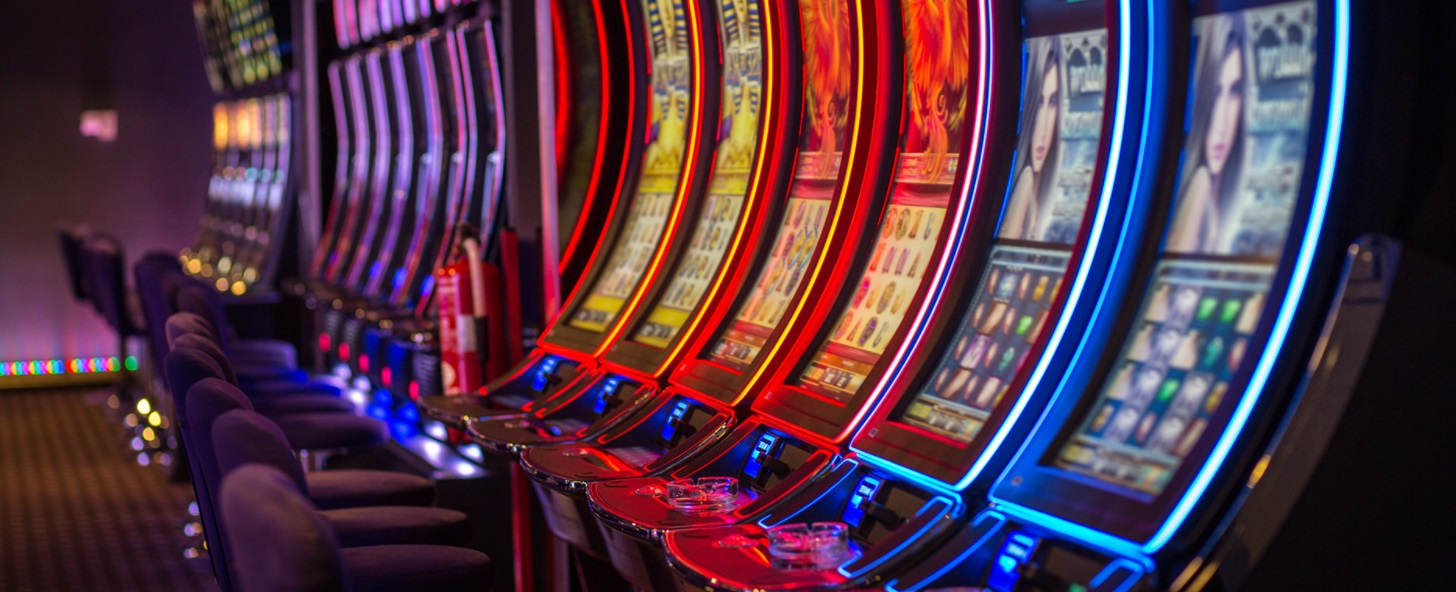
In a vibrant and stimulating world of casinos, where fortune and strategy intertwine, hues and design play a pivotal role in attracting players. From the moment players step into a casino or log into a gaming website, they are enveloped in a sightly feast that captures their attention and lures them to discover more. Bright colors, engaging graphics, and innovative layouts are meticulously crafted to create an environment of excitement and expectation, ultimately enhancing the gaming experience.
As players move through the dynamic landscape of casino games, they come across a variety of designs that not only serve aesthetic purposes but also influence feelings and decision-making. Hues like scarlet and gold symbolize wealth and fortune, while calm navy and emeralds can create a much relaxed environment. Understanding how these elements work together enables casinos to create an inviting and energizing atmosphere that encourages players to interact with the games, spend more time at the tables, and boost their general enjoyment.
The Science of Tint in Casino Games
Tint plays a critical role in the design of gambling games, influencing players’ emotional states and responses. Vivid and striking hues, such as red and gold, are often used to incite excitement and capture attention. These colors create a sense immediacy and dynamism, encouraging gamblers to involve themselves more readily with the activity. By thoughtfully selecting tints, designers aim to elicit feelings of joy and excitement, which can enhance the overall gaming experience.
Different hues also have psychological associations that can impact how gamblers perceive their possibilities of success. For instance, green is frequently associated with luck and prosperity, making it a well-liked choice in games like the roulette wheel and poker tables. This association can cause players to feel more positive and confident in their gameplay, ultimately motivating them to bet more. Grasping these connections allows game creators to craft environments that enhance player satisfaction and engagement.
Furthermore, the layout of casino game interfaces often employs gradients and differing colors to direct player actions. For instance, winning combinations may be highlighted with vivid, differing hues, creating a visual cue. This method reinforces favorable outcomes and encourages repeated engagement. By utilizing the science of color, casinos can create activities that not only captivate players but also maintain them involved and invested in their play experience.
Design Features that Engage Players
The visual appeal of casino games is largely influenced by the implementation of vibrant colors. Bright and contrasting colors are deliberately chosen to create an inviting atmosphere that grabs attention. For example, crimson and golden hues often signify luck and wealth, which is why they are prevalent in the color schemes of slot machines and table surfaces. These colors not only draw players in, but they also stir emotions related to excitement and anticipation, enhancing the overall gaming experience.
In parallel to color, the aesthetic and organization of casino games play a crucial role in captivating players. Games are designed to be intuitive, ensuring that players can quickly understand the guidelines and mechanics. Accessible interfaces, along with engaging graphics and motion, help maintain gamer interest and promote longer play sessions. The physical elements, such as the feel of the controls and the audio of the games, also contribute to a holistic sensory experience that keeps players engaged.
In conclusion, conceptual elements in game design can greatly influence player choice. Many casino games are inspired by popular culture, fairy tales, or exploration motifs, incorporating symbols and characters that resonate with players. These themes create a sense of engagement and connection, making each game feel unique. When players feel a bond to the theme, they are more likely to opt for that game over others, leading to higher participation and excitement within the casino environment. https://keonhacai.camp/
Case Studies: Effective Gambling Table Game Designs
One prime example of impressive casino game design is the acclaimed slot machine series based around popular movies. Games such as those based on the The Wizard of Oz and Game of thrones utilize vibrant colors and superior graphics to immerse players in well-known narratives. The employment of moving visuals and entertaining sound effects captures the focus of players, establishing an affective connection to the theme. This tactic not just encourages longer play but also improves the overall gaming experience, yielding increased player retention.
Another notable case is the use of color psychology in table games like blackjack and the wheel. Casinos often create these games with dark reds and greens, colors traditionally connected with luck and wealth. For instance, the emerald felt on a 21 table provides a soothing effect, while the red accents in roulette invite anticipation. This deliberate use of color helps to establish an inviting atmosphere that stimulates players to participate, addressing their psychological impulses and boosting their enjoyment.
Finally, social casino games that include community features and vivid, dynamic designs have experienced remarkable success in engaging players. Games like Zynga’s Poker and Slotomania leverage bright colors and playful animations to forge an inviting online environment. The addition of leaderboards, social sharing options, and in-app rewards encourages competition and community, attracting players in for longer sessions. Such designs not only make the games visually appealing but also highlight social connectivity, a crucial factor in player retention and engagement within digital casino environments.